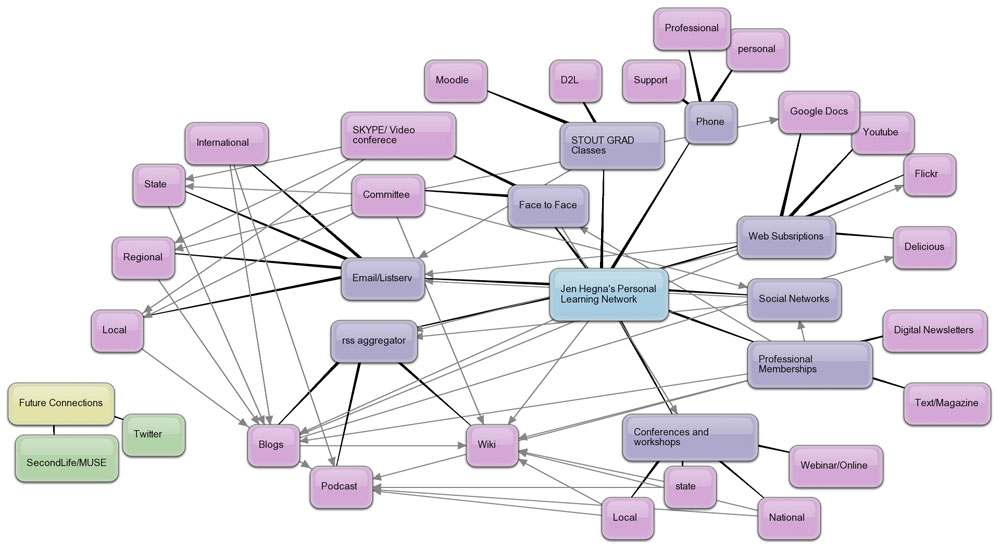Think of how education has been delivered for the past 130 years. Information was not readily available. If you wanted to be informed, you would have to go to a public library, pick up an encyclopedia, or be “taught” information by university scholars deemed “teachers”.
Fast-forward to today’s environment. Information is readily available and students can Google information faster than the teacher can lecture it. So is the lecture important? Do you think the traditional industrial aged teacher, who was the keeper of information, will be successful in an online environment?
The biggest change (or challenge) for online teachers is that they will transform from the “sage on the stage” (givers of information) to the “guide on the side” (mentors of information). Online learning is truly student-centered and teachers will need to help students with their questioning, problem solving, and investigation skills while individualizing and differentiating their instruction for every student.
Since online teaching will focus on the needs of the students, it will be very important to have multiple ways to assess them. When I say asses – I do not mean TEST! (traditional t/f, multiple choice tests) Too often teachers use the “test” method as the only measure and evaluation of student’s learning. Learning comes in multiple facets so we need multiple ways to obtain students personal growth. Assessments need to be viewed as a teaching tools and learning tools.
Assessments can be reflective and personal (like blogs, journaling), can be knowledge based and measured (quizzes, tests, pre/post courses surveys), and they can be collaborative (like skype and wikis). All assessments must be based on the courses objectives and final outcomes!
Teachers will also learn from these assessments. Are my course materials effective? Does content to be further enhanced or developed? Teachers need to be open-minded and accept the learning and feedback they receive from their students. It can be very empowering to the students that we are learning from them, just as they learn from us.
So, please review Pink Floyd’s video “Another Brick in the Wall”. How does it coincide with the current problems in brick and mortar classrooms? How will online learning tear down these bricks in the wall?




